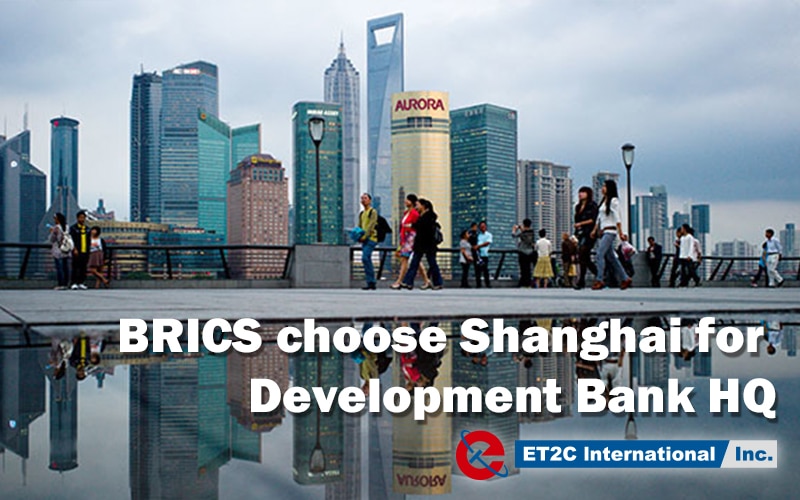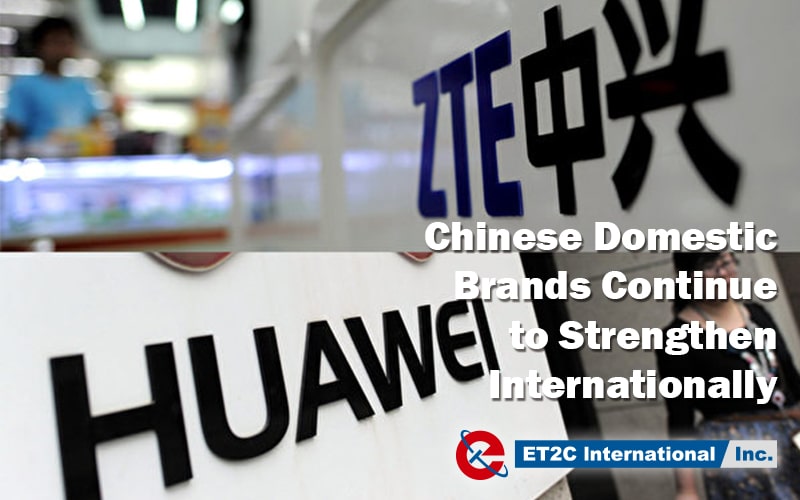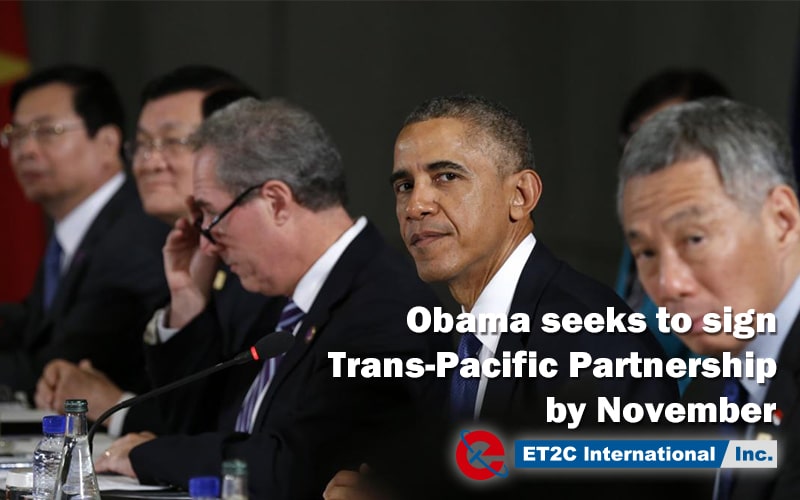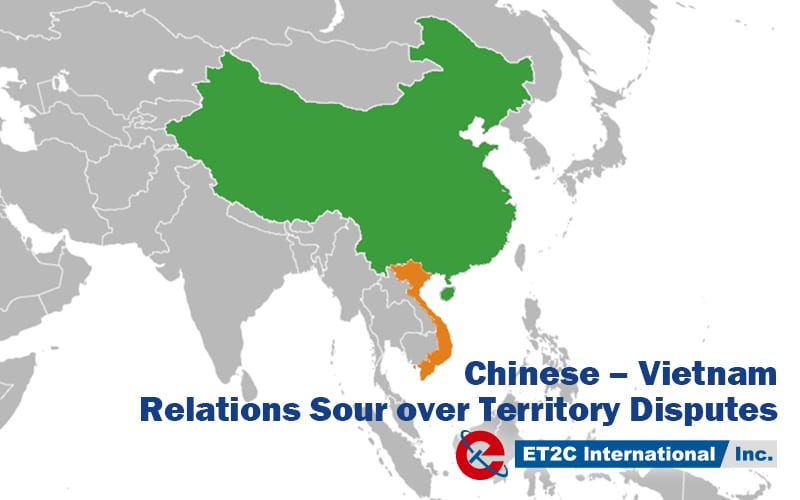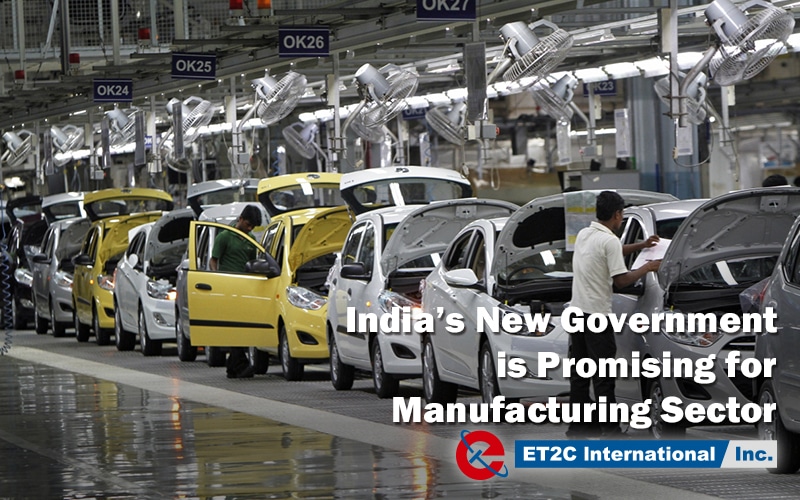Lessons on the Importance of Quality Control Checks
Last month McDonald’s was rocked by a quality control scandal that has seriously tarnished the fast food giant’s image in Mainland China and throughout the world. In an abhorrent lack of health and safety standards, the company’s meat supplier was exposed for improper food handling procedures, affecting nearly 2,000 McDonald’s outlets throughout the country.
A reporter from a Shanghai news outlet filmed workers in a factory operated by Shanghai Husi Food, a subsidiary of U.S based food conglomerate OSI Group blatantly violating food health and safety standards. Along with handling meat and chicken with their bare hands, workers jokingly referred to the product as ‘foul meat’, while taking meat that had fallen on the floor and adding it back on to the production line. The factory was also caught forging production dates on more than 4,300 cases of smoked beef patties.
Thankfully no one had fallen sick as a direct result of the tainted meat supply, and the plant has since been closed with six employees in custody for questioning. OSI group is conducting its own internal investigation, promising ‘swift and decisive action’ for those responsible for this scandal. The company ineffectually tried to explain that this scandal with due to a lack of communication and control with the subsidiary group Shanghai Husi Food. McDonald’s was quick to respond by cutting ties OSI Group and has signed partnerships with new meat suppliers.
Consequences however have been severe, as the restaurant patronage and profits have substantially dropped in Asia. McDonald’s stated that their global sales forecast is at risk and admitted that sales in the region have dropped by 7.3%, with global sales at their lowest since 2003. The local government did not take too kindly to the affair either. In Shanghai, the city’s most senior leader and party secretary Han Zhen said authorities would deliver severe punishment to those responsible.
This dangerous and needless incident is a result from this lack of proper management in the quality control and quality assurance departments of McDonalds and OSI Group. By failing to do proper QC/QA checks, the two companies have lost credibility, profits and consumer trust. While their response to this scandal was timely and appropriate, the enormous damage to the company’s reputation is nearly irreversible at this point.
However, at the expense of these guilty companies, an important lesson can be learned from this ordeal. We can see that difference between good and poor quality control and quality assurance is paramount when sourcing in Asia, as any failure can lead to severe demise in credibility and profits. Whereas McDonald’s and OSI Group’s approach was an example of poor practices in QC/QA, professional companies are inclined to use thorough and skilled methods that would have prevented a situation like this from ever happening.
As part of our commitment and service to our clients, ET2C is a company that uses such thorough methods. With over 10 years in experience in the QC/ QA field, our company believes that product quality and safety is essential to the service we provide to our clients. Along with routine factory audits, ET2C commits to inspecting every order before it is shipped to our client’s stores. If we identify any defects in an order, we will request that the factory take the necessary corrective action immediately whilst providing our clients with the transparency and confidence that the products are suitable for their needs. This includes detailed reports and open communication channels. Our teams work hard to ensure that our clients will never face a product quality issues such as McDonald’s and OSI Group has recently. For more information around our Quality Assurance or Quality control services, please contact us.




Lessons on the Importance of Quality Control Checks Read More »


